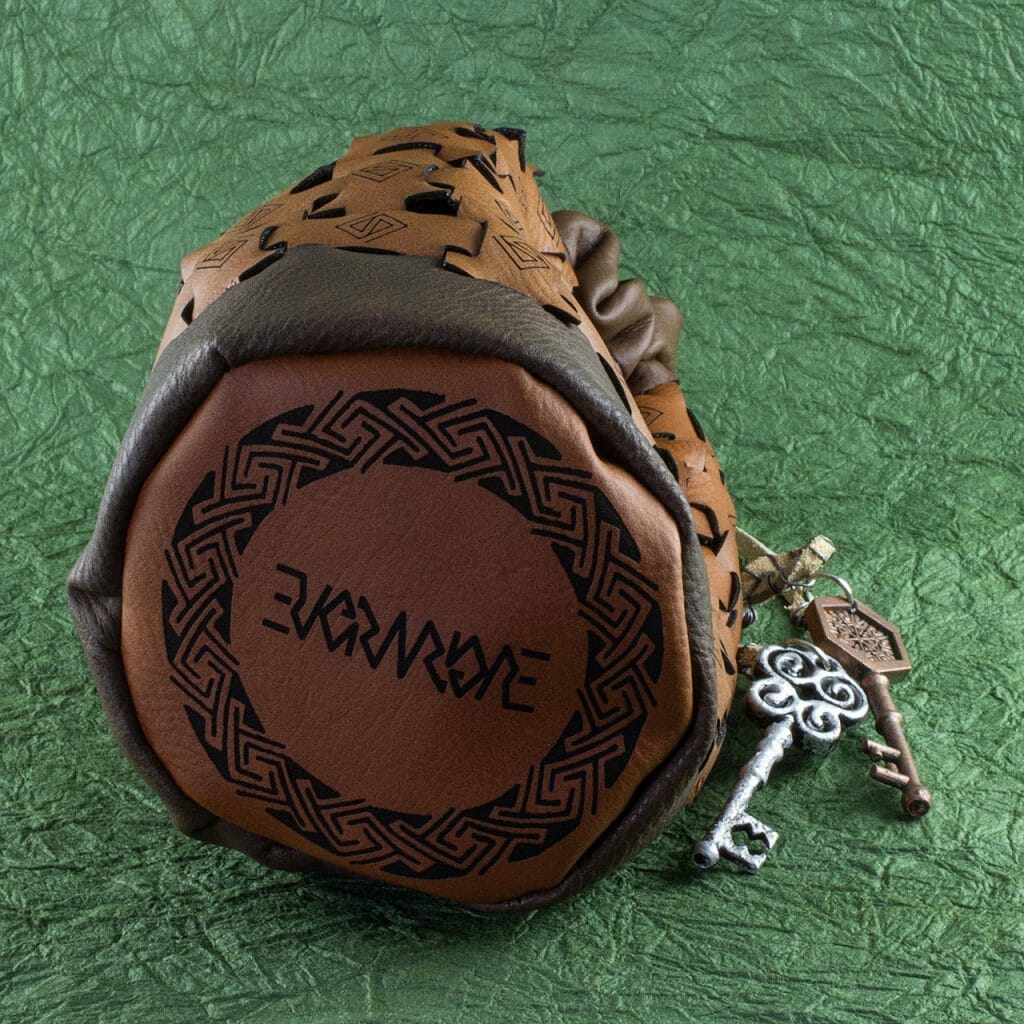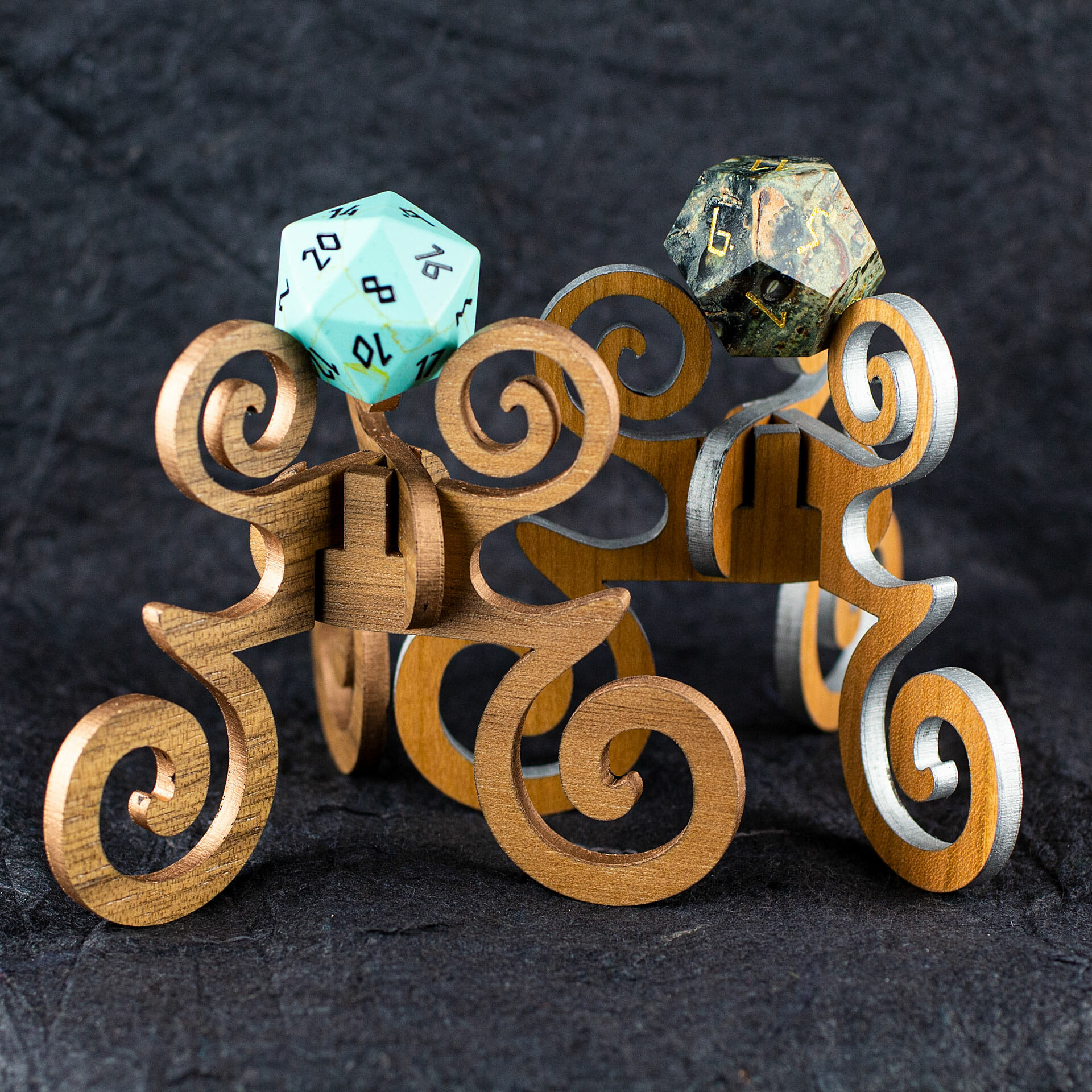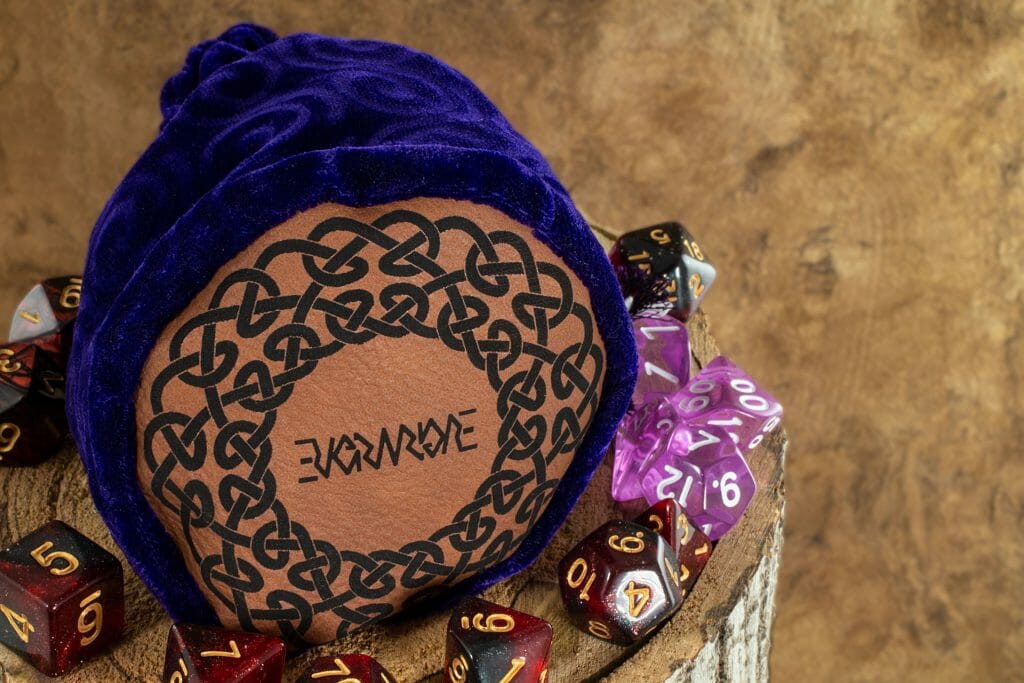Spirals Bookmark Redesign
I designed a kirigami Spirals Bookmark last summer, mostly just taking what I did for one of my velvet embossing plates and, using that with minor changes. It was good but, there were a few spots where it was a little fragile – bits of connecting paper less than a millimeter wide.
More recently, I was inspired to redesign the spirals bookmark to make it a bit more robust. While I was at it, I made a few and, made a few of my Celtic key pattern design bookmarks and, put them all up in the new shop section. The designs are available individually, in three-packs and, in a variety pack with all three designs.





































